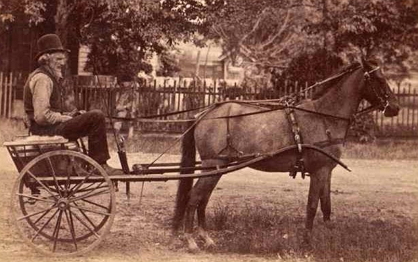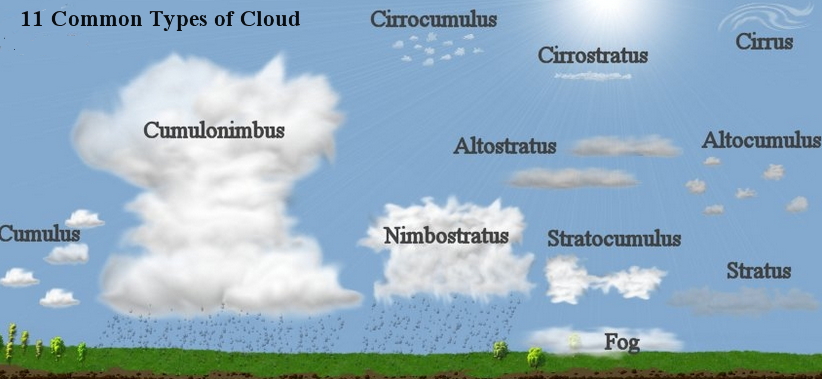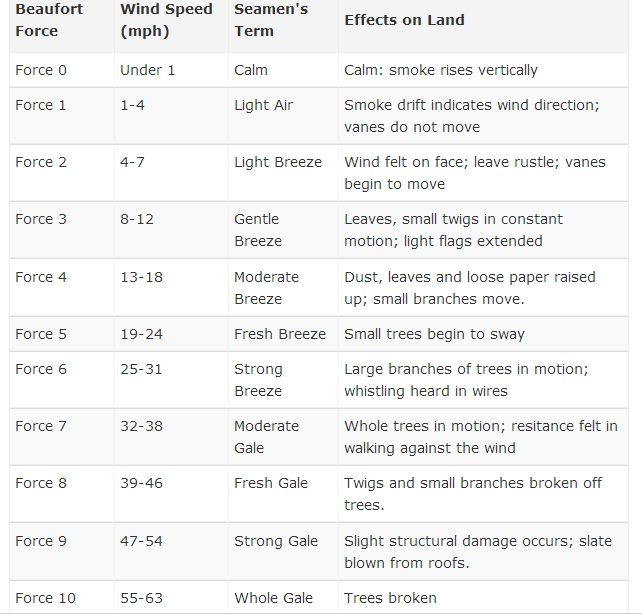eDJ_
Well-known member
December 21, 2022 a major winter storm is brewing bringing rain & snow followed by frigid air. We know about this because of weather forecast we receive electronically. If you were living in a remote area and your power supply was depleted, would you be able to realize the storm is coming with your knowledge of forecasting the weather ? Many of our forefathers could as their lives depended on it.

As late as 100 years ago many of our forefathers lived and worked while relying on their own
skill to predict the weather. Their ability was based on their own knowledge of natural
signals found in the environment and their senses to observe the cloud types and wind
direction most of the time. People today would be amazed at what they had learned to look for
as clues. But so often their lives and livelihood depended on this ability. Today we are
fortunate enough to have an abundance of electronic media and devices that we can rely on to
keep us informed.....but what if we were without it ? Would we know what to do in order to
survive. Our climate has been changing in recent years and has become more volatile where the
forecast from larger cities may not be accurate for the area we are in. So it may be worth
picking up some of the old skills.
The sky is a great resource for predicting forthcoming weather conditions. There are numerous
clues in both the daytime as well as the night sky. Different cloud structures will provide
insights into the coming weather along with the direction of the wind. Items on the ground
can indicate wind speed and direction with surprising accuracy. With some basic study of these things one can make a fairly accurate forecast. Safety in the outdoors should be a primary
consideration with coming weather conditions high on the list.
Knowledge of weather terms and what they can mean to you are something you should be familiar with also.
Weather Terminology

This link will describe the basic clouds you need to observe to gain clues of weather to come.
Using Clouds to predict the weather
A more advanced Cloud study
Next to reading the clouds for clues is taking notice of the wind direction and speed. This can be done
without the aid of instruments or gauges. If you are up in the morning at sunrise you will immediately know
which way East is. Facing the sunrise your left side will be facing North. Then South will be to your right side and West to your back.
In this way you can be your own compass. Just reverse this in the afternoon or at sunset. You could place a large stone or chunk of wood on the ground facing North, and another marker of some kind to point to East. (pace them out of the way so they won't be disturbed) A very small item in the center where a compass needle would be mounted will complete this layout.
As for the gauging of the speed of the wind "The Beaufort Scale" will allow you to observe signals from your environment to determine it.

If you have a note pad and pencil, you can log information you have gathered from the cloud formations and wind speed a couple times a day each day and have some idea of what to expect. Perhaps 80% accuracy.
So what about temperature ? If it winter where you are you should know it will be cold already and prepare for heating and have warm clothing laid by. If it is in the nicer months of the year and you can hear crickets chirping an old technique for predicting the temperature (in Fahrenheit) is to count the number of chirps you hear in 15 seconds and add 40 to that number of chirps may add further assurance to your forecast. This is said to give a fairly accurate prediction of the temperature the next day.
So if the clouds and wind direction/speed suggest rain may be coming, listening to the crickets for a low number of chirps in the 15 second time frame. This may determine if a cooling trend may be setting in which would help to assure the accuracy of your prediction. This cross referencing method of several clues is what our ancestors relied on.
There will be more on this subject in following post.

As late as 100 years ago many of our forefathers lived and worked while relying on their own
skill to predict the weather. Their ability was based on their own knowledge of natural
signals found in the environment and their senses to observe the cloud types and wind
direction most of the time. People today would be amazed at what they had learned to look for
as clues. But so often their lives and livelihood depended on this ability. Today we are
fortunate enough to have an abundance of electronic media and devices that we can rely on to
keep us informed.....but what if we were without it ? Would we know what to do in order to
survive. Our climate has been changing in recent years and has become more volatile where the
forecast from larger cities may not be accurate for the area we are in. So it may be worth
picking up some of the old skills.
The sky is a great resource for predicting forthcoming weather conditions. There are numerous
clues in both the daytime as well as the night sky. Different cloud structures will provide
insights into the coming weather along with the direction of the wind. Items on the ground
can indicate wind speed and direction with surprising accuracy. With some basic study of these things one can make a fairly accurate forecast. Safety in the outdoors should be a primary
consideration with coming weather conditions high on the list.
Knowledge of weather terms and what they can mean to you are something you should be familiar with also.
Weather Terminology

This link will describe the basic clouds you need to observe to gain clues of weather to come.
Using Clouds to predict the weather
A more advanced Cloud study
Next to reading the clouds for clues is taking notice of the wind direction and speed. This can be done
without the aid of instruments or gauges. If you are up in the morning at sunrise you will immediately know
which way East is. Facing the sunrise your left side will be facing North. Then South will be to your right side and West to your back.
In this way you can be your own compass. Just reverse this in the afternoon or at sunset. You could place a large stone or chunk of wood on the ground facing North, and another marker of some kind to point to East. (pace them out of the way so they won't be disturbed) A very small item in the center where a compass needle would be mounted will complete this layout.
As for the gauging of the speed of the wind "The Beaufort Scale" will allow you to observe signals from your environment to determine it.

If you have a note pad and pencil, you can log information you have gathered from the cloud formations and wind speed a couple times a day each day and have some idea of what to expect. Perhaps 80% accuracy.
So what about temperature ? If it winter where you are you should know it will be cold already and prepare for heating and have warm clothing laid by. If it is in the nicer months of the year and you can hear crickets chirping an old technique for predicting the temperature (in Fahrenheit) is to count the number of chirps you hear in 15 seconds and add 40 to that number of chirps may add further assurance to your forecast. This is said to give a fairly accurate prediction of the temperature the next day.
So if the clouds and wind direction/speed suggest rain may be coming, listening to the crickets for a low number of chirps in the 15 second time frame. This may determine if a cooling trend may be setting in which would help to assure the accuracy of your prediction. This cross referencing method of several clues is what our ancestors relied on.
There will be more on this subject in following post.
Last edited by a moderator:











































































